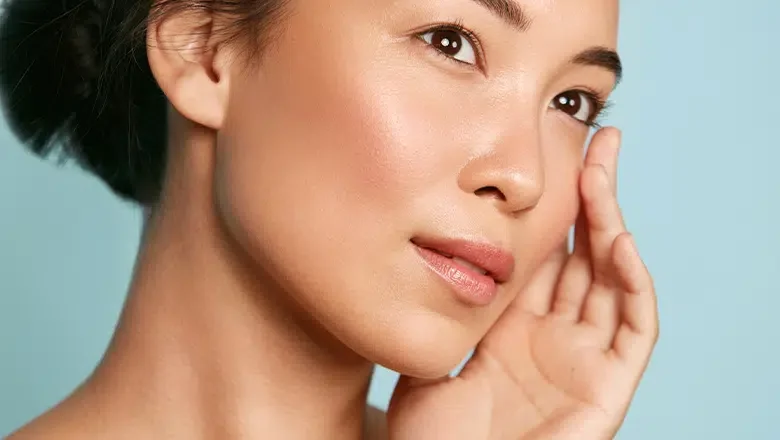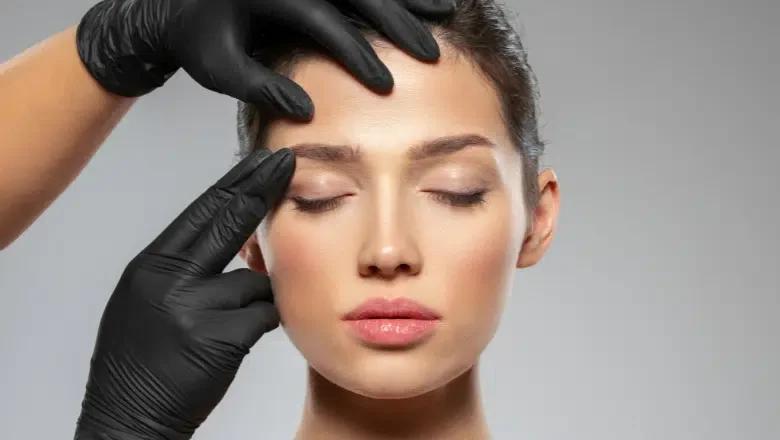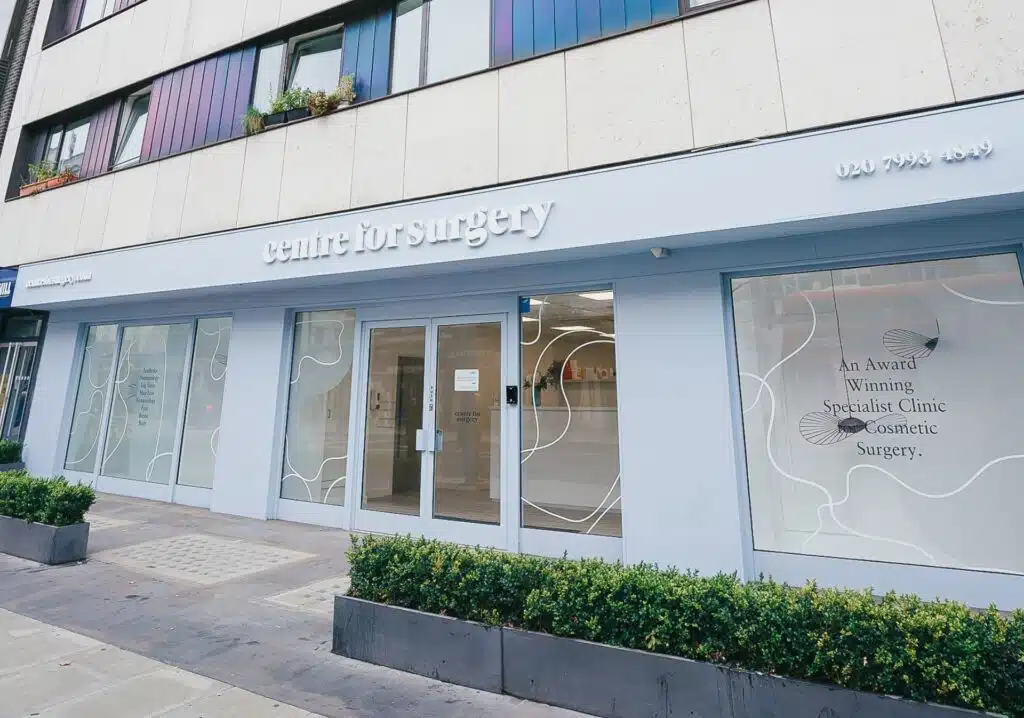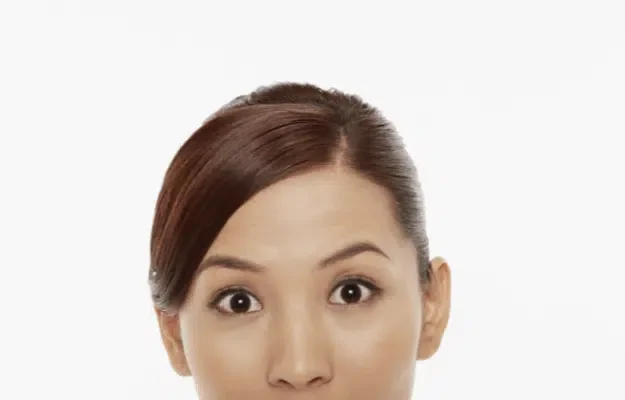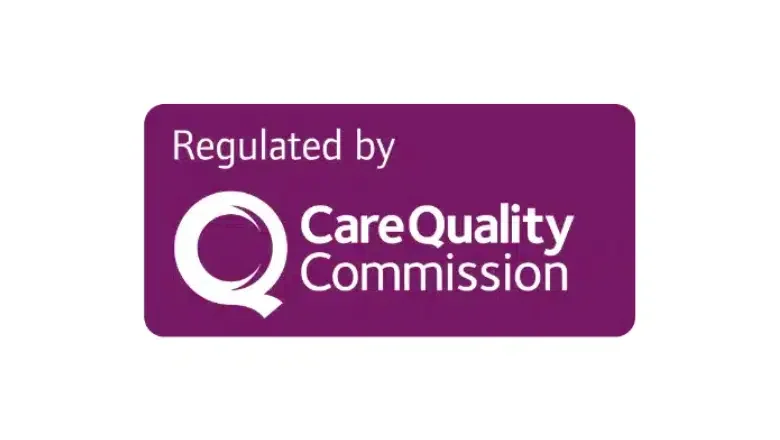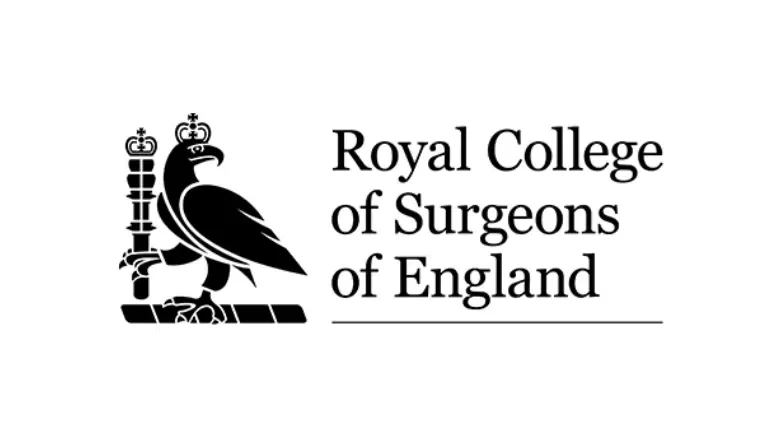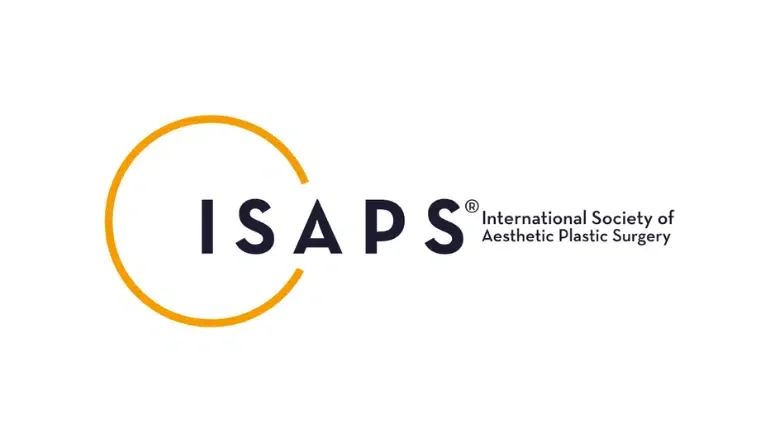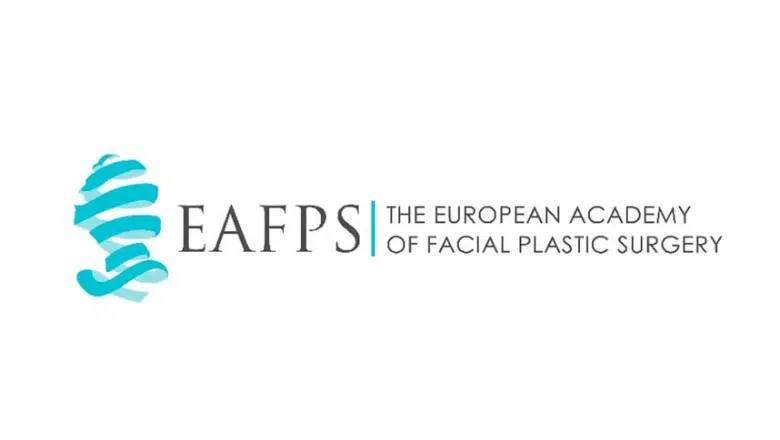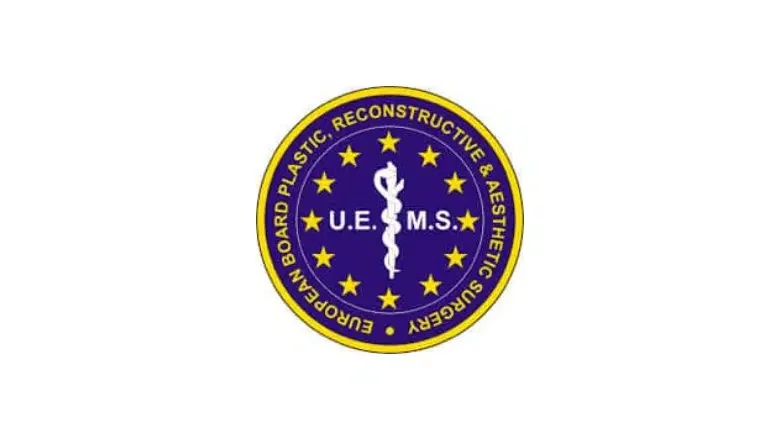Most of us have spent much time on virtual video calls over the last year and a half, and we have often spent significant time examining our faces. We may well have picked up on things we are unhappy about. For the area around the eyes in particular, it is not uncommon to notice that even expertly applied mascara or the use of eyeliner is looking not quite right just below the brow region or the use of eyeshadow mysteriously disappears most commonly into the newly developing fold of the eyelids.
In many cases, it might be due to incorrectly applied makeup, but it could also be because of drooping eyelids, which give rise to a permanently tired look and, in some cases, may even obscure proper vision. In a small proportion of cases, the presence of eyelid hooding is something we are born with and is related to hereditary factors.
RELATED: How To Fix Hooded Upper Eyelids
Hooded eyelids, also known as droopy eyelids, develop for several potential reasons, including hereditary factors. Still, the ageing process is the most common cause and is due to a gradual weakening of the muscles and supportive connective tissues that usually maintain the position of the eyelids in a more elevated position. The treatment of hooded eyelids can take several forms, and although surgical treatments are the most effective and potentially longest lasting, they come with risks that are attached to having a surgical procedure. Nowadays, several effective treatment options exist for hooded eyelids or eyelid laxity. Our doctors will consider several factors when advising on the best treatment for you, whether it’s treatment of your hooded eyelids or another area of your face or body. In all cases where there is an effective non-surgical treatment, then we will always recommend a less invasive option first before recommending invasive surgery.
Here, we discuss some highly effective treatment options for drooping eyelids or hooded eyelids.
Are facial injectables and dermal fillers useful for the treatment of hooded eyelids?
For mild eyelid hooding cases, expertly placed anti-wrinkle injections and dermal fillers can help reduce the appearance of eyelid lines and wrinkles. It is important to bear in mind that these treatments are temporary in nature, and if you want to maintain the treatment results over time, then you will require maintenance injections. Anti-wrinkle injections will need to be carried out every 3 to 4 months, and dermal fillers containing hyaluronic acid last between 6 and 12 months.
RELATED: Non-Surgical Alternatives to Eyelid Surgery (Blepharoplasty)
Using neuromodulators is designed to limit the muscle movement that leads to frowning and a subsequent downward push on the eyelids. Dermal fillers are best injected in the brow region, temporal region or, in some cases, in the depression of the upper eyelids to rise to a more lifted appearance. Dermal fillers in these areas must be used with extreme caution due to the presence of important blood vessels, which must be avoided. This is why it is important only to see a fully qualified and highly experienced injector. At Centre for Surgery, only chains and surgeons can treat the eye region with dermal filler.
For patients with hooded eyelids that are very mild in nature, injectable treatments like muscle relaxant injections or dermal fillers are ideal for the restoration of a refreshed and rejuvenated look of the periocular area and brow.
AccuTite treatment for Hooded Eyelids
AccuTite radio frequency treatment, also known as “injectable RF” is a good option for those with mild to moderate hooding of the eyelids not severe enough to require formal eyelid surgery. Treatment with an appetite for hooded eyelids lasts much longer than injectable treatments, but not as long as the results achieved with a blepharoplasty. Treatment with AccuTite is known to have a duration of effect lasting anywhere from one to 6 years. In common with injectable treatments, AccuTite is a non-surgical treatment, although slightly more invasive than wrinkle-relaxing injections or soft tissue fillers.
The AccuTite device is specifically designed to treat smaller areas of the face or body, such as the eyelids. The technology uses radiofrequency energy to deliver controlled thermal heating to the subdermal layer, leading to the contraction of collagen and the melting of fat. The resulting increase in skin tightness and firmness is due to the stimulation of the production of collagen and elastin.
AccuTite is excellent for treating skin laxity, which is mild to moderate in nature. The presence of skin laxity in the islands commonly leads to the pushing outwards of naturally occurring fat pads, leading to the appearance of eyelid hooding. AccuTite works to tighten the skin and reduce the size of the underlying fat pads. In many cases, if the cause of hooded eyelids is due to weakening of the muscles acting in the eye region, nonsurgical approaches are generally thought to be ineffective, and the best treatment would be eyelid surgery, also known as eyelid reduction.
Blepharoplasty (Eyelid Lift)
At Centre for Surgery, our patients have access to excellent non-surgical treatments, including facial injectables and AccuTite, for effective treatment of superficial skin laxity leading to holding or drooping of the eyelids. Still, these treatments are unable to address the weakening of the underlying muscles or tightening of excessively loose skin. Patients with primarily weakness in the periocular muscles often develop more severe degrees of hooded or drooping eyelids associated with significant skin laxity. In such cases, blepharoplasty surgery, an eyelid lift, could be the most effective option.
An eyelid lift can be carried out on both upper and lower eyelids if required and usually involves the surgical removal of redundant skin, removal of herniated fat, and surgical repair of weakened muscles around the eye region. Eyelid lift surgery is the most invasive type of treatment option for hooded eyelids; however, in appropriately selected cases, the results from such treatment can be dramatic and last for many years.
If you would like to find out which treatment is most appropriate for you, contact us to book a complimentary consultation with one of our expert surgeons. At Centre for Surgery, our surgeons love meeting new patients.

